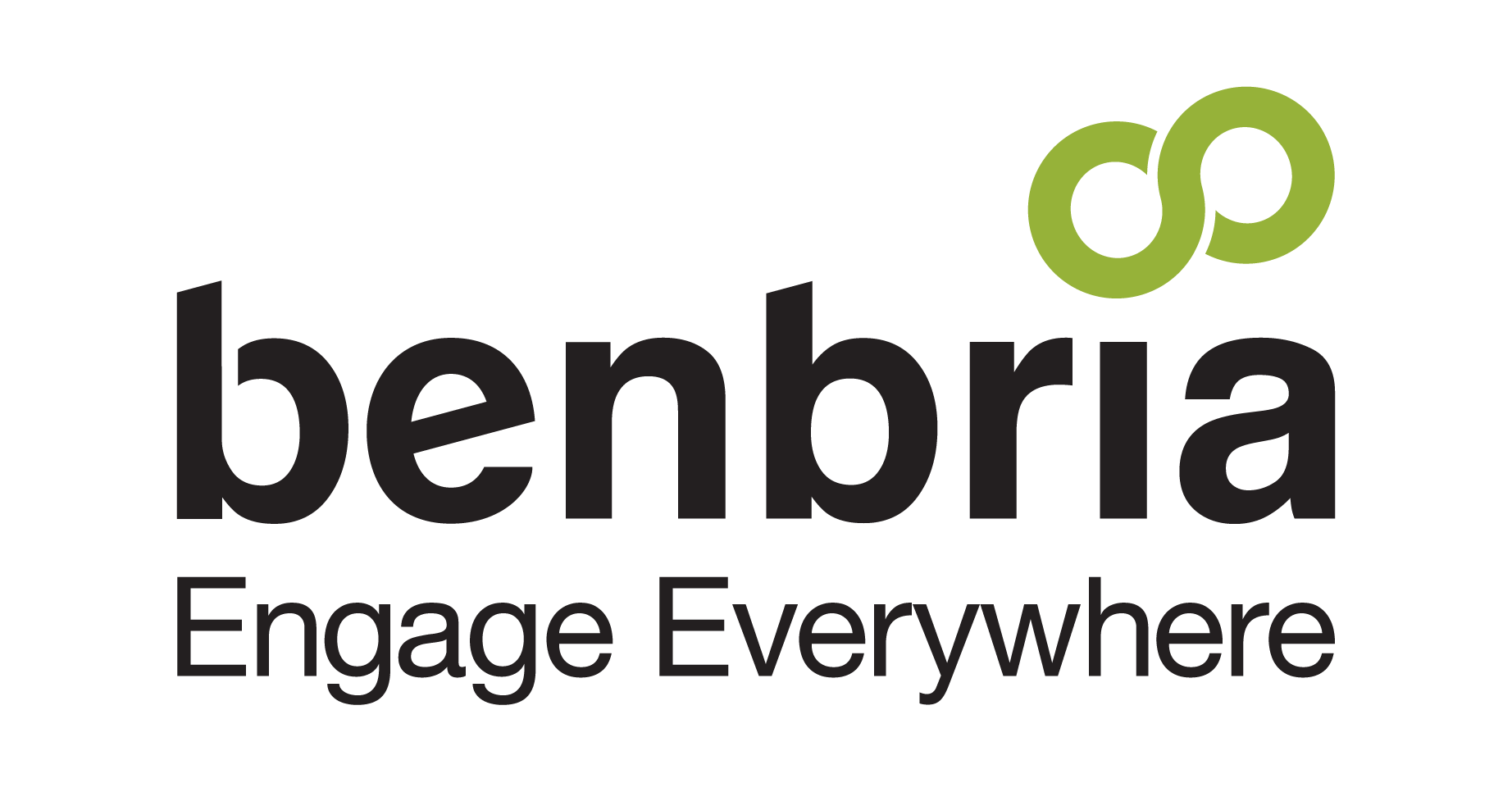School facilities are the backbone of the educational experience, playing a pivotal role in shaping students’ learning environments. From classrooms to playgrounds, every aspect of a school’s infrastructure impacts both students and staff. Consequently, it is imperative for school boards to prioritize facilities management to ensure optimal conditions for education. One powerful yet often overlooked tool in this pursuit is feedback. In this blog post, we will explore how school boards can leverage feedback to make informed decisions and drive improvements in facilities management.
The Importance of School Facilities
Before diving into the role of feedback, let’s understand the significance of school facilities. They go beyond a place of learning; they are spaces where students and teachers spend a significant portion of their day. A well-maintained facility fosters a positive learning environment, influences student performance, and contributes to overall school success.
The Challenges in Facilities Management
Despite recognizing the importance of facilities, many school boards face challenges in managing them effectively. Budget constraints, aging infrastructure, and limited resources can hinder efforts to maintain and upgrade facilities. Additionally, the dynamic nature of education demands that schools adapt their spaces to meet evolving teaching and learning needs.
Leveraging Feedback for Facilities Management
- Surveys: One of the most straightforward ways to gather feedback is through surveys and questionnaires. These tools allow school boards to collect input from students, teachers, parents, and staff regarding the condition of facilities, safety concerns, and suggestions for improvements.
- Regular Inspections: Conduct regular inspections of school facilities to identify maintenance needs, safety hazards, and cleanliness issues. These inspections can be augmented with feedback from on-site staff who are intimately familiar with the facilities.
- Community Engagement: Engage with the local community, including parents, neighbourhood associations, and other stakeholders. They often have valuable insights into the condition of school facilities and can provide feedback on specific issues affecting the community.
- Technology and Reporting Systems: Implement technology-driven reporting systems that allow for easy submission of maintenance requests and feedback. These systems can streamline the process and ensure that issues are addressed promptly.
- Collaborative Decision-Making: Involve key stakeholders, including teachers, students, and maintenance staff, in decision-making processes related to facilities. Their input can help prioritize improvements and ensure that changes align with the needs of those who use the spaces daily.
The Loop Experience Platform’s Loop Feedback program, enables school boards to easily collect feedback from faculty and parents. This allows school boards to identify area’s that require improvement and report back on the status of completion. With Loop’s second-to-none reporting dashboard, Loop Insights, you can easily report to the board of trustees, parents and other key decision makers on the improvements made across the school board.
Benefits of Leveraging Feedback
- Data-Driven Decision-Making: Gathering feedback generates valuable data that school boards can use to prioritize and allocate resources more effectively. This data-driven approach ensures that investments are made where they are most needed.
- Proactive Maintenance: Regular feedback allows school boards to address maintenance issues before they escalate into costly repairs. Proactivity in maintenance not only saves money but also extends the lifespan of facilities.
- Enhanced Safety: Feedback can uncover safety concerns that might have otherwise gone unnoticed. Addressing these concerns promptly ensures the safety and well-being of students and staff.
- Improved Learning Environment: By considering feedback on classroom layouts, lighting, and overall comfort, school boards can create better learning environments that support academic success.
- Community Involvement: Involving the community in facilities management fosters a sense of ownership and pride in local schools. This can lead to increased community support and, in some cases, financial contributions for improvements.
Effective facilities management is a critical aspect of providing a conducive learning environment for students. School boards must recognize the value of feedback in making informed decisions regarding facilities management. By actively seeking and leveraging feedback from various stakeholders, school boards can prioritize safety, maintenance, and improvements that enhance the overall educational experience. Embracing feedback as a strategic tool empowers school boards to transform their facilities into spaces where students thrive and achieve their full potential.




